Our Drive On The Pan American Highway to Arequipa
Our destination heading south from Nazca on the Pan American Highway in Peru was the city of Arequipa. At 556 kilometers from Nazca, we figured the drive should take us about 6 hours and put us in Arequipa well before dark. The day’s drive, however, sure proved that calculation to be wrong.
It was 9:30 a.m. when we took to the road and had every hope of reaching Arequipa around 2:30 p.m. in the afternoon. We were able to make good time driving along the flat, straight stretches of highway that lead away from Nazca.
The scenery along the highway amazed us with its sunburnt soil and massive boulders.
The scenery changed very quickly and the character of the land was so varied.
After inspecting for snakes and other frisky critters, I posed for a photo op.
After the first 100 kilometers, our proximity to the ocean revealed quite a difference in the nature of the coastline. In the distance, heat rose up from the desert appearing as fog that obscured the horizon.
Closer to the oceanfront, sparkling desert sands, driven by strong onshore winds, began to form drifts across the Pan American Highway.
We realized that the sand could become a problem.
Sure enough, as we approached a long stretch bordering the shore, there was a roadblock. A monstrous drift completely blocked off the right lane of the highway.
Further along the highway, a front-end loader was working to push the piles of sand aside.
The drift looked like snow and reminded us of snowdrifts being plowed off the roadways during the winters in Canada. But this was sand, and unlike white fluffy snow, this sand stopped us dead in our tracks!
After about a half hour, the roadway was cleared off, and we were given the go-ahead to continue on our way towards Arequipa.
With the roadblock behind us, we soon found ourselves to be the only car on the road with endless wide open vistas all around us.
As can be seen in this photograph, massive sand dunes have forced the construction of the highway right along the edge of the ocean. In the middle of the photo, on the left, the black line at the bottom of the sand dune is the highway.
As Bob negotiated the highway at the base of the sand dune, to our right was a vertical drop into the sea, and on our left was a wall of sand that soared straight up. There was clear evidence that the wall of sand had broken away and crashed into the ocean many times in the past. We didn’t stop to take snapshots until we got to this vantage point further down the road.
By 5:30 p.m., the coastal town of Camana came into view. It is located on the Rio Camana (Camana River) in the Arequipa Region.
The beautiful sandy beachfront on the Pacific Ocean makes it a popular destination for the residents of Arequipa.
For miles along the banks of Rio Camana, fields are rich and fertile. Frequently, we saw farmers burning off their fields before replanting.
Camana is often referred to as an oasis. Dairy farms are numerous here as are yogurt vendors. The country’s main source of evaporated milk comes from this region.
But the lush green expanse of the delta plain in the foreground is one thing. Our eyes were soon drawn to the massive sand dune in the background. The reality that people actually live up there was a stark reminder of the harsh living conditions here in the desert.
A field worker raked hay by hand in the shadow of a massive sand dune above the village of Camana. The community located on the side of this sand dune lives under the constant threat of sand slides, and evidence of previous slides were very evident. Still, Bob and I decided to take a closer look.
We crossed over the Rio Camana (river) bridge and walked up a laneway leading into the heart of the community. It is hard to imagine living in such dry and seemingly inhospitable conditions as on the side of a sand dune.
The laneway led to a set of stairs that made it easier to climb farther up to the highest homes.
Despite the monotonous dun-coloured sand everywhere, and the mud and thatch homes, the little community still had bursts of colour. Many different plants and occasional flowers grew along the main path, and the people have kept their properties tidy. It was a lovely pastoral setting even with the mountain of sand looming over and under it.
The residents have built their fences and homes out of sticks and what looked like corn stocks or bulrushes. Later, driving away from Camana, we saw many people returning to the community from the beach. Each person was on a bicycle loaded with small branches and twigs. Wood is a rare commodity in the Peruvian desert, just like the rarity of wood in Canada’s high Arctic. Bob remembered being there with a group that found a small piece of wood on a beach. That was an unusual discovery above the Arctic Circle. Under Canadian law, it is forbidden to burn or gather wood in that area. But outside Camana, Peru, the local desert dwellers had bound together twigs and sticks of wood to make their homes and support their fences.
Even with dogs barking at our heels, some of the children came out for a look at us. I seized the moment when one little toddler teetered down a series of steps from her hut. She was a little surprised to see Bob and me. A lovely photo of the innocent child was the result.
With the daylight running out, we had to get back on the road and make haste.
Bob and I were anxious to have the desert dunes and mountains behind us. The sun was beginning to settle into the depths of the mountains at our rear creating a beautiful orange sunset. We waited for its golden rays to illuminate those sandy slopes before us then stopped promptly for a photograph. Thirty seconds was all the time we could afford, and then it was back to the goal of achieving Arequipa before dark.
The sun was sinking fast, and our progress was restricted as we climbed ever upwards through dangerous winding hills. Where the roadway steepened, three transport trucks held up a line of double-decker buses and 10-20 cars in front of us. This supposed 6-hour trip was now pushing 10 hours, and we were about to break rule number one when traveling in unknown lands: ” Don’t drive at night”!!!
At 7:30 pm, we arrived in Arequipa, and the scale of the city overwhelmed us in the dark. There was no GPS at that time, vendors occupied the streets, traffic circles were manned by unseen police officers directing traffic…it was harrowing. We ended up driving through a red light, pulled over by an officer, having our passports seized while he verified our reservation at the hotel, and then sharing our automobile with said policeman who directed us through the warren of streets while singing along to music blaring from our radio. On a scale of 1 to 10, our stress level was at 11! Where in the heck was he taking us? Would we get our passports back?
Thank goodness the officer was honest, or we might still be somewhere in Arequipa. As it was, he brought us safely to our hotel and was happy with a monetary reward for his assistance. What should have been a 6-hour drive turned out to be a 10 1/2-hour odyssey, and one that we were glad to have behind us!
Frame To Frame – Bob and Jean


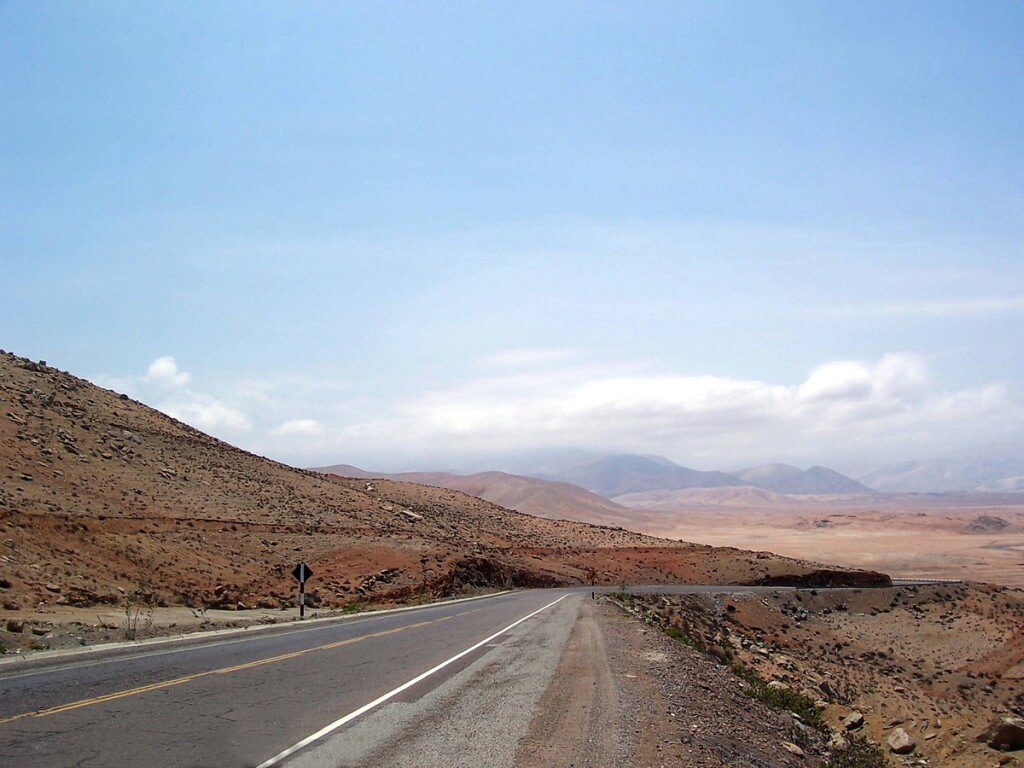
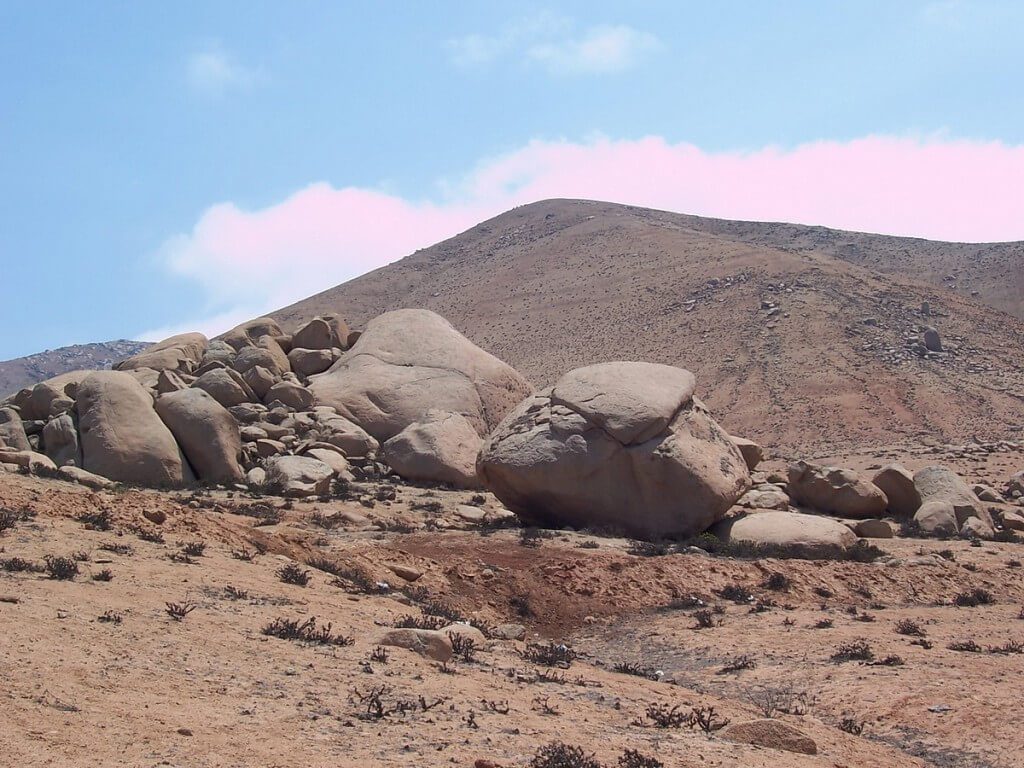
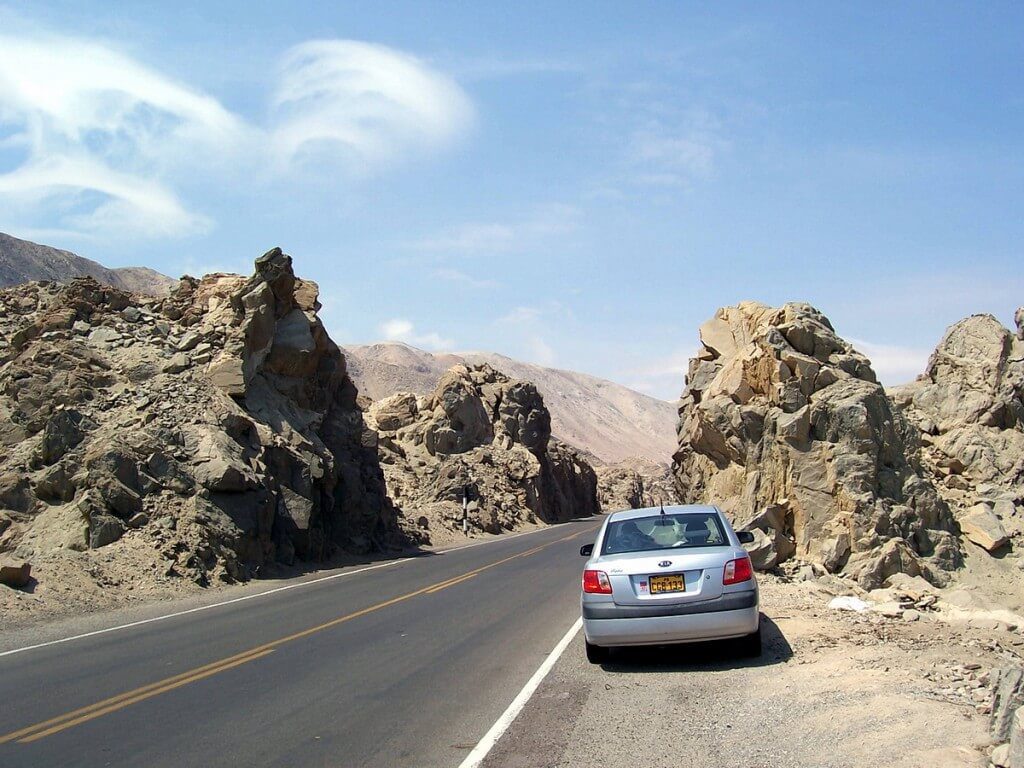
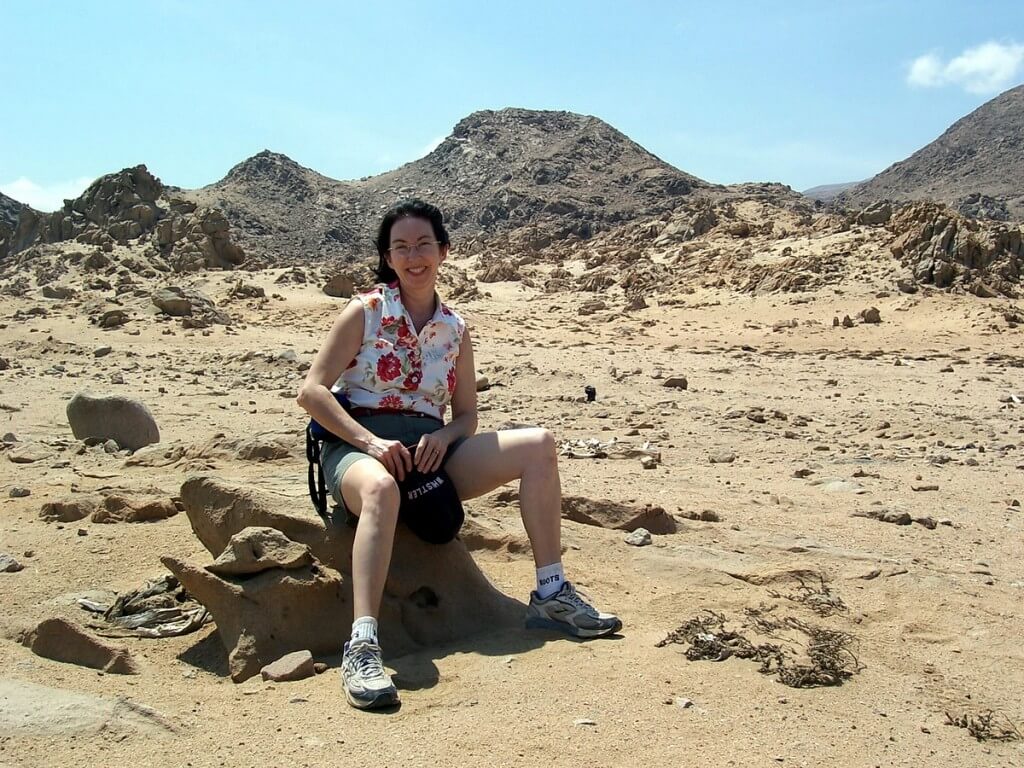
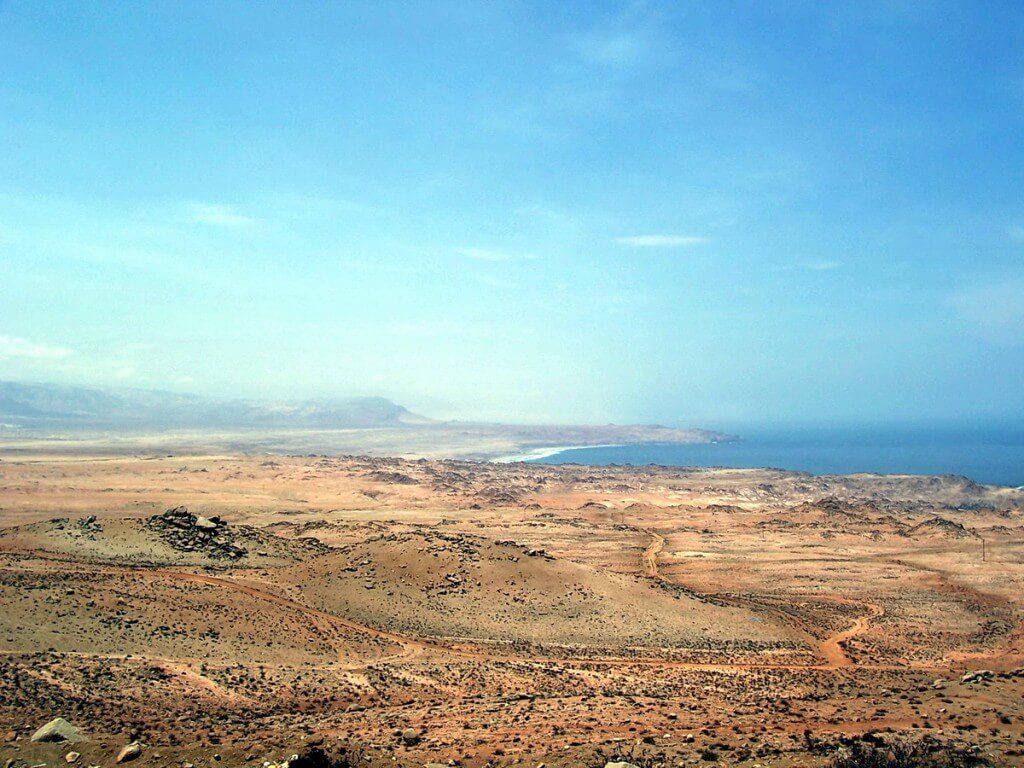
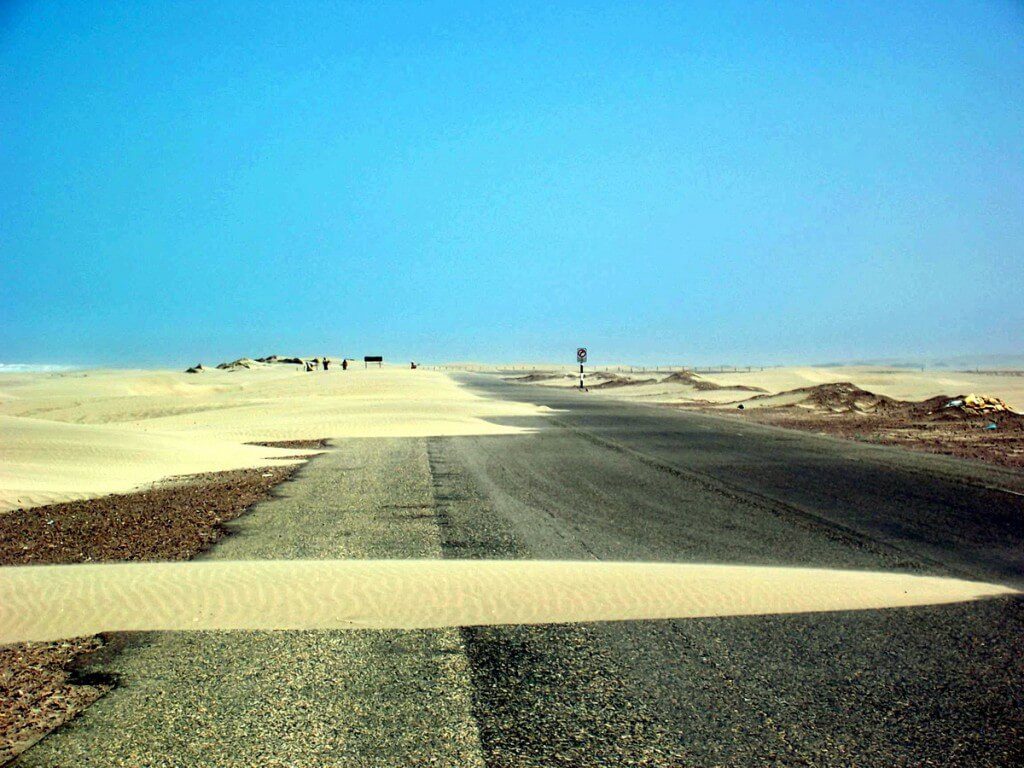
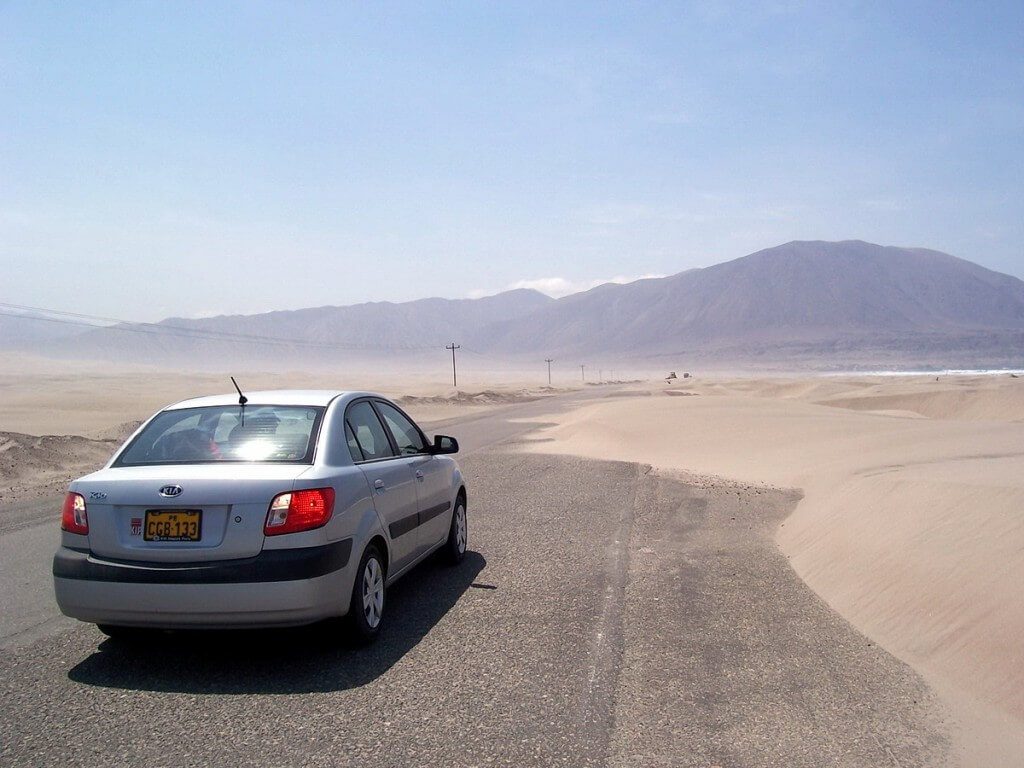
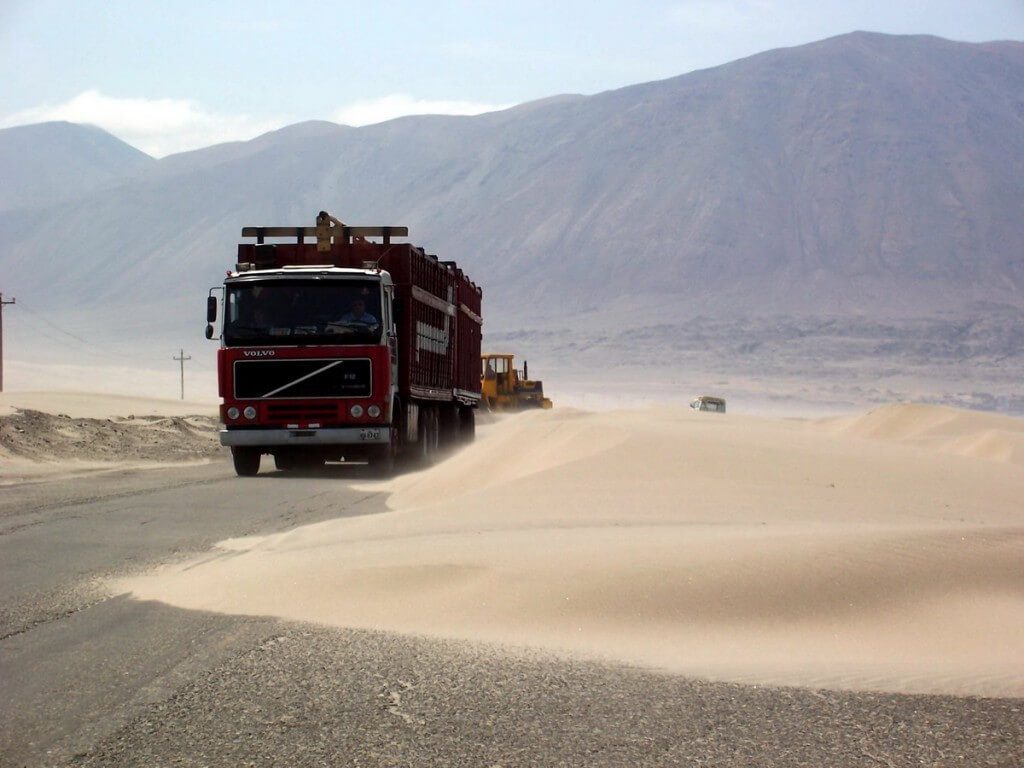

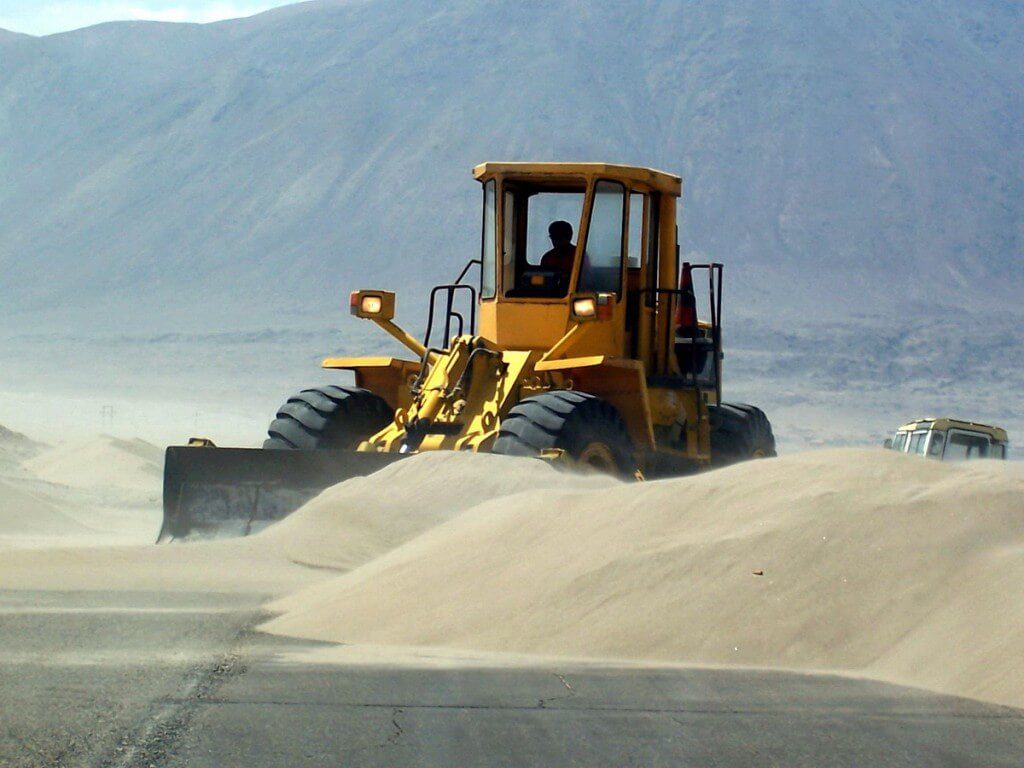
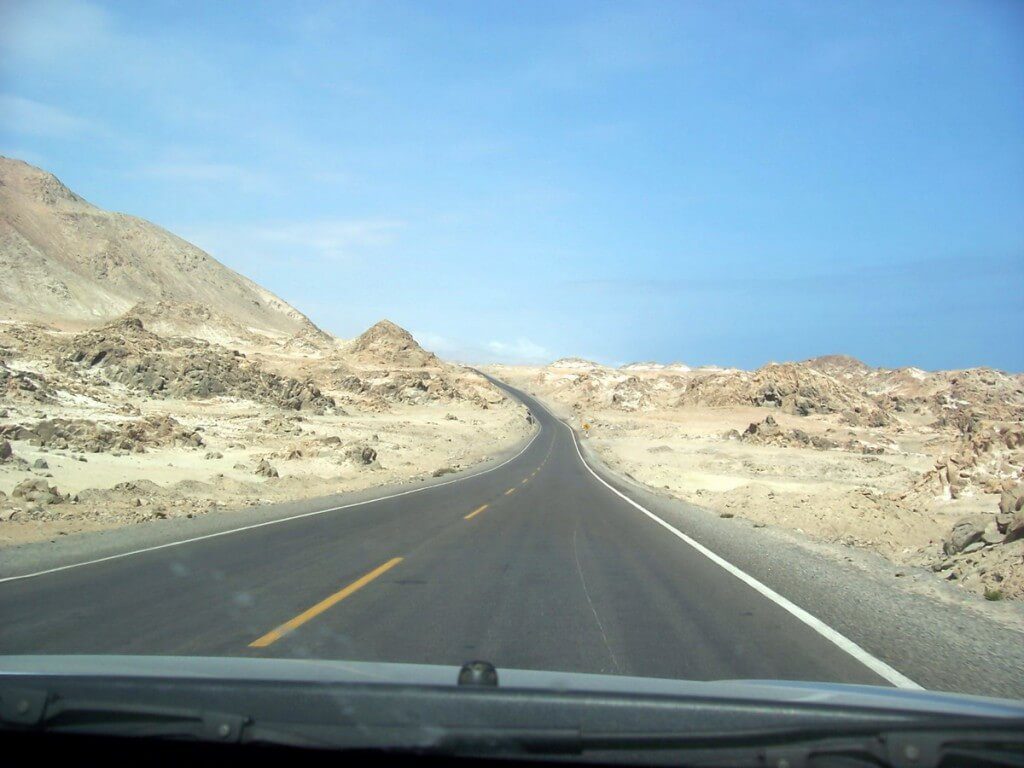
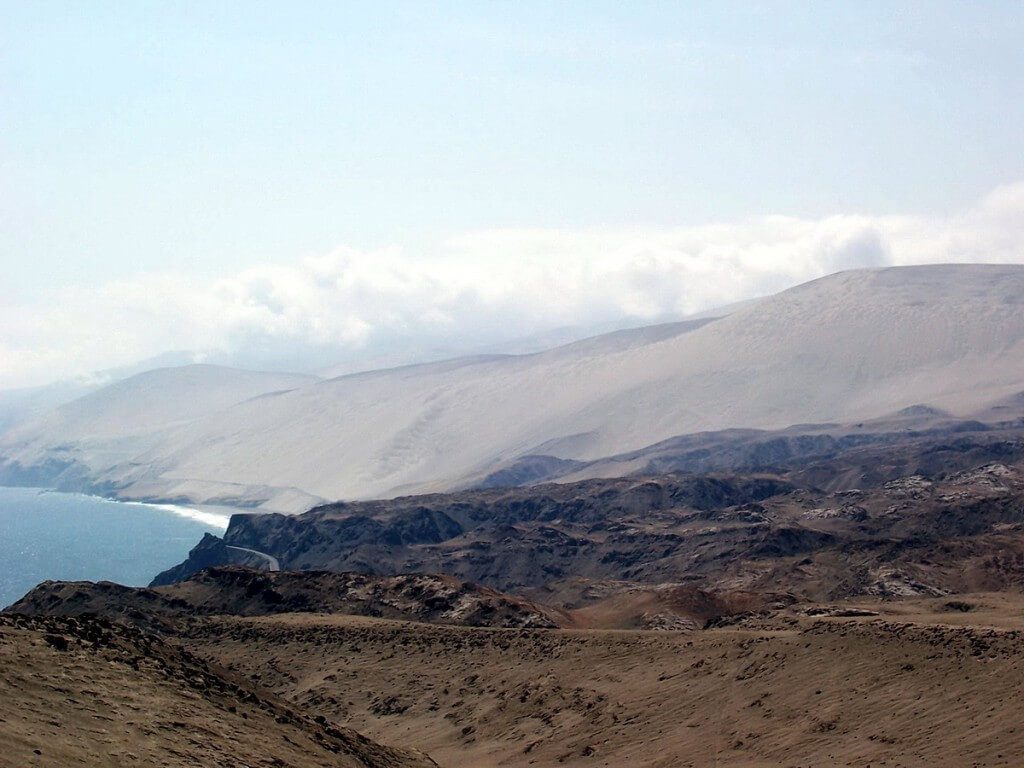

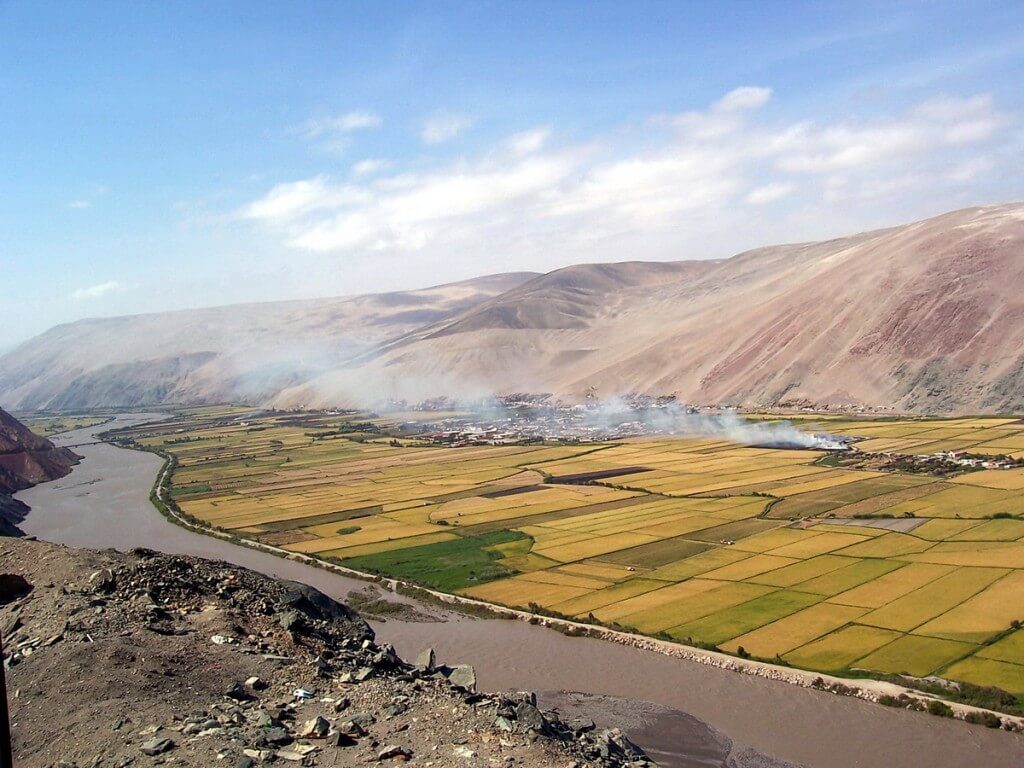
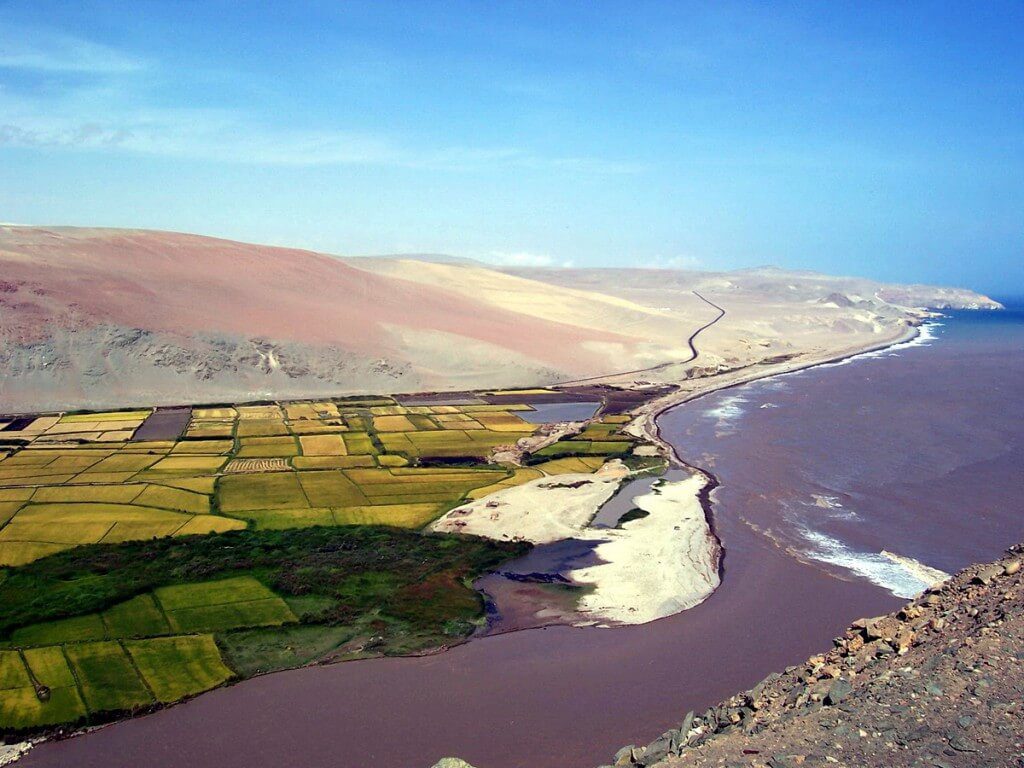
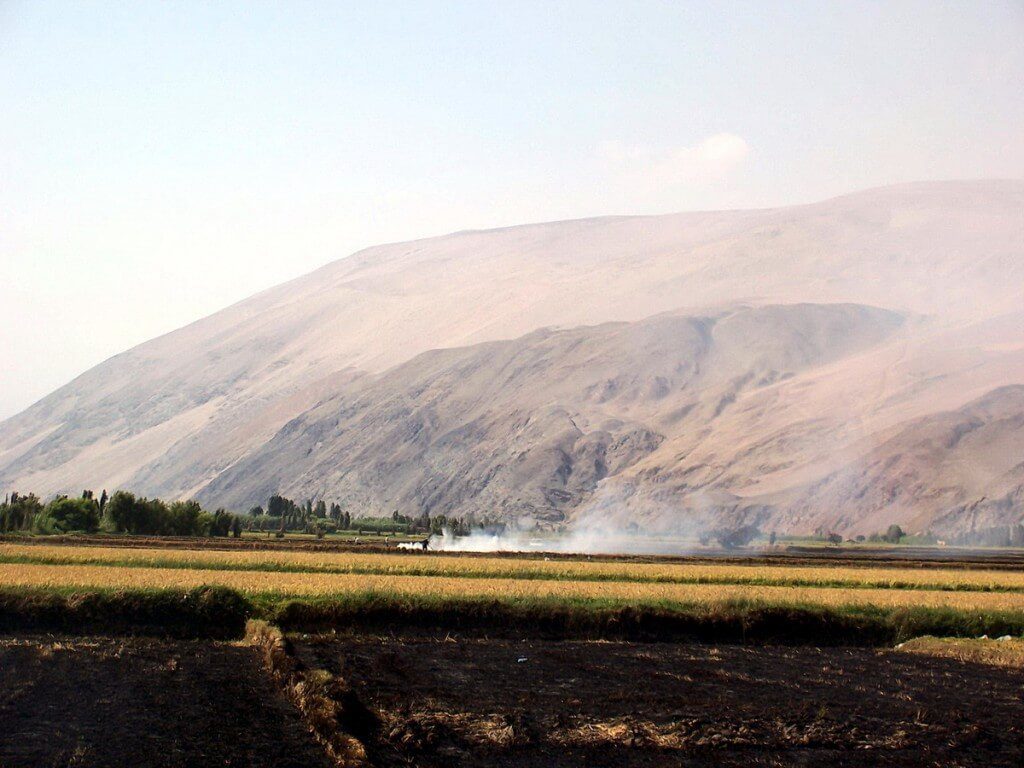
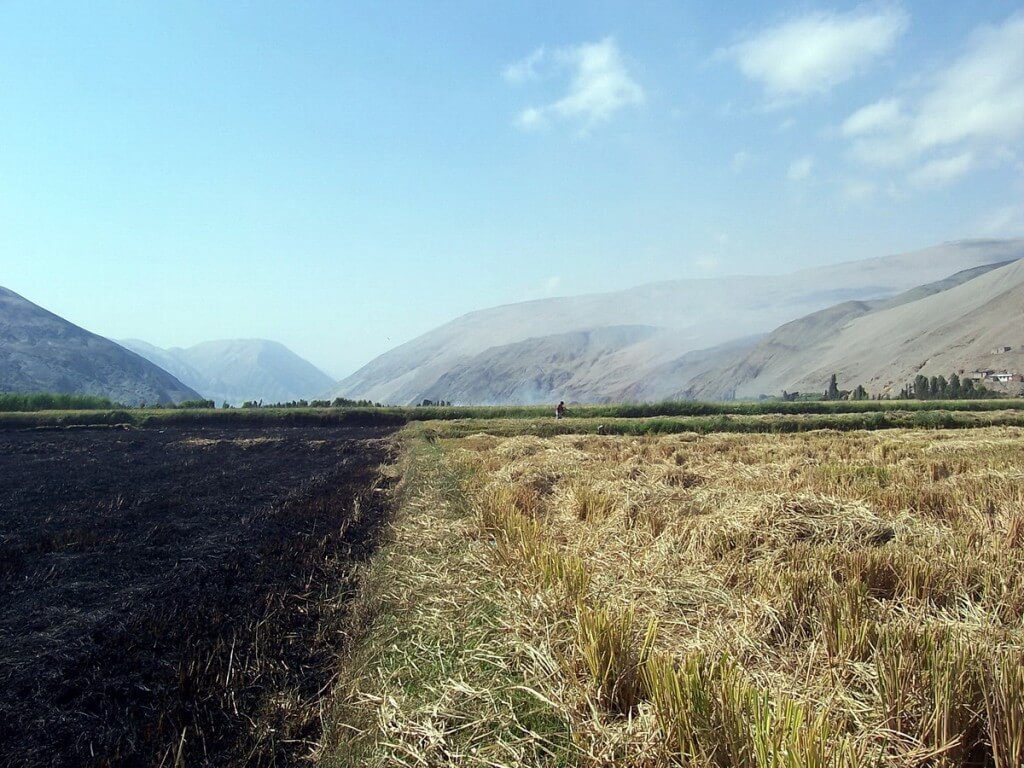
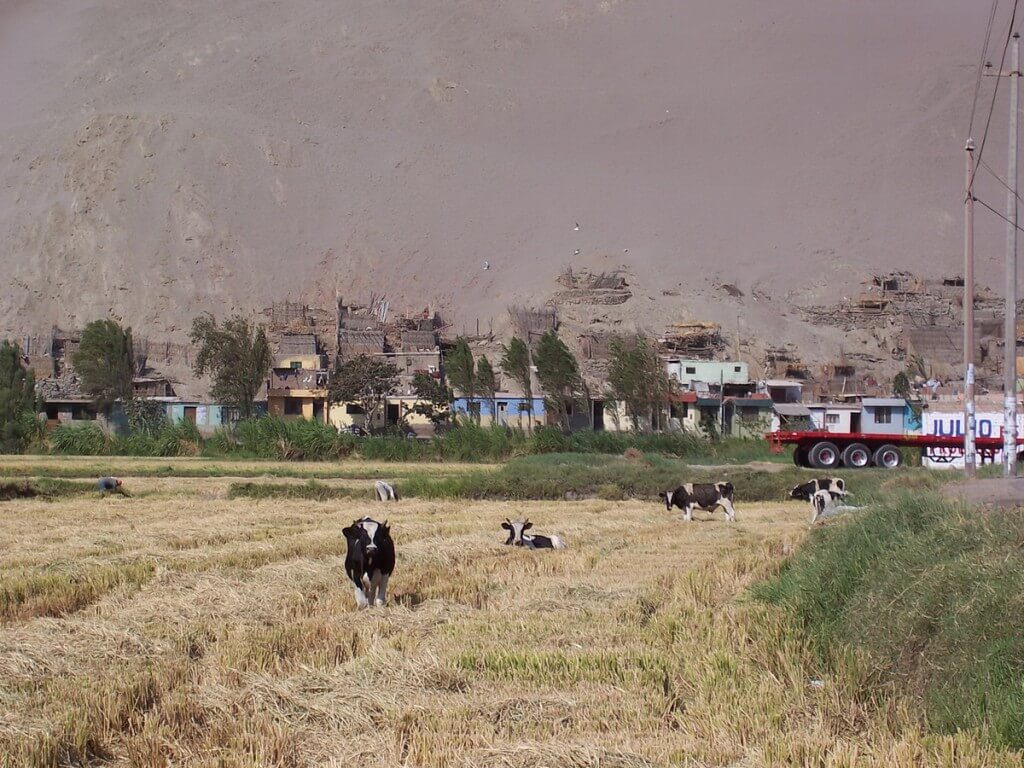
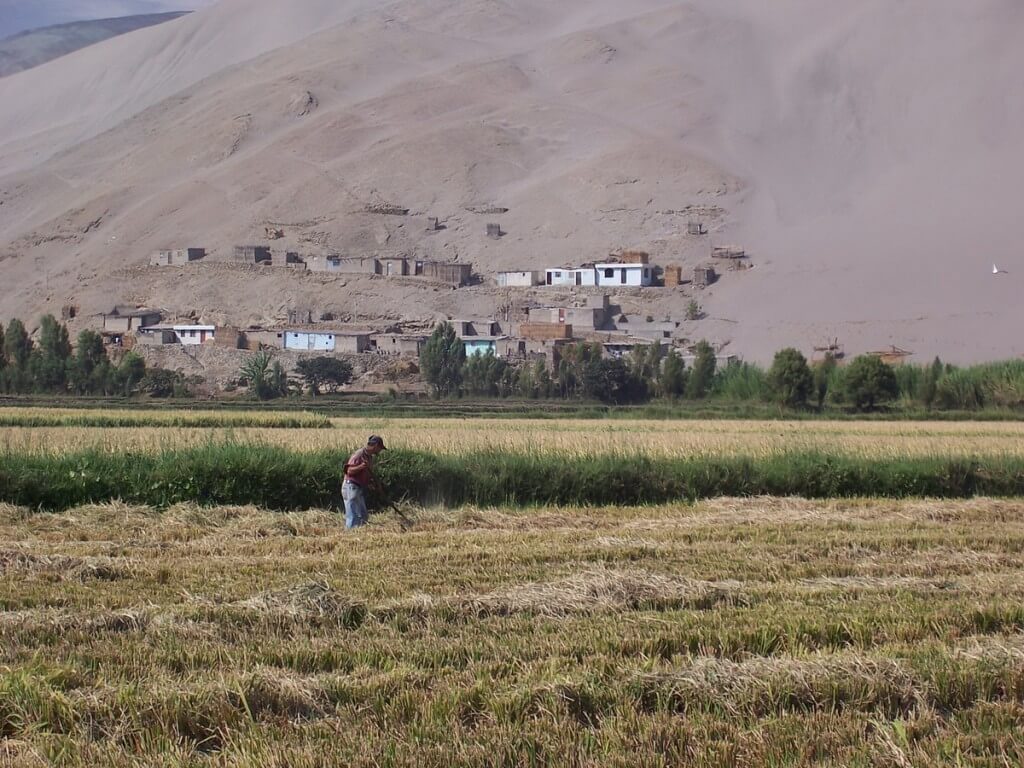
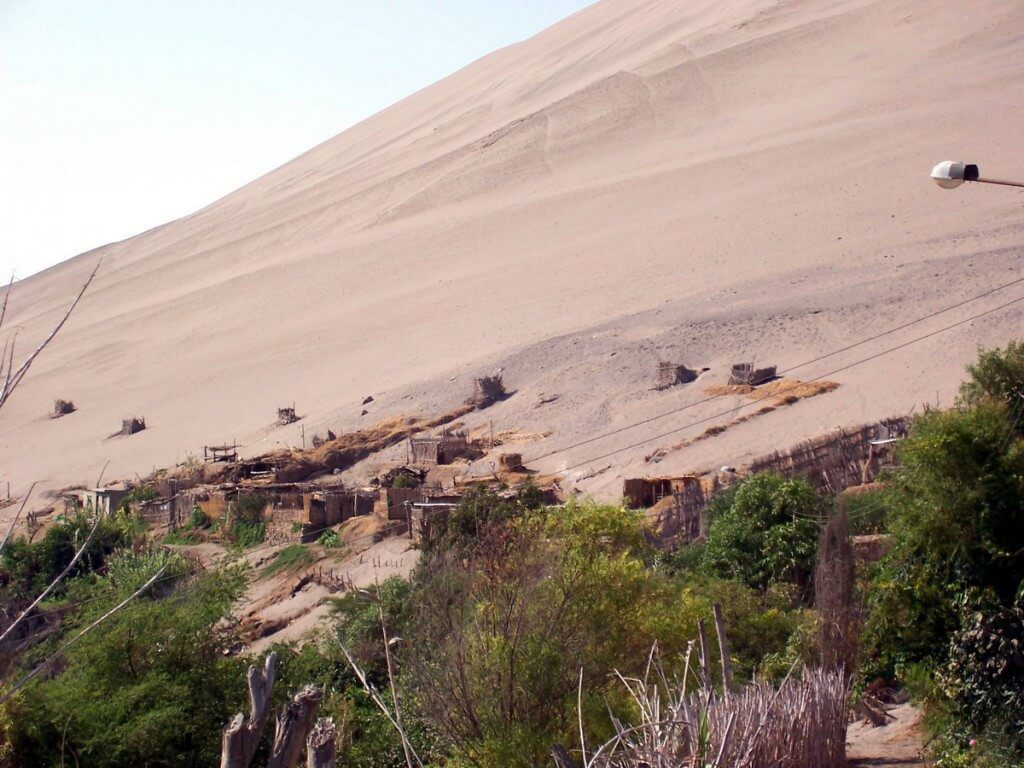
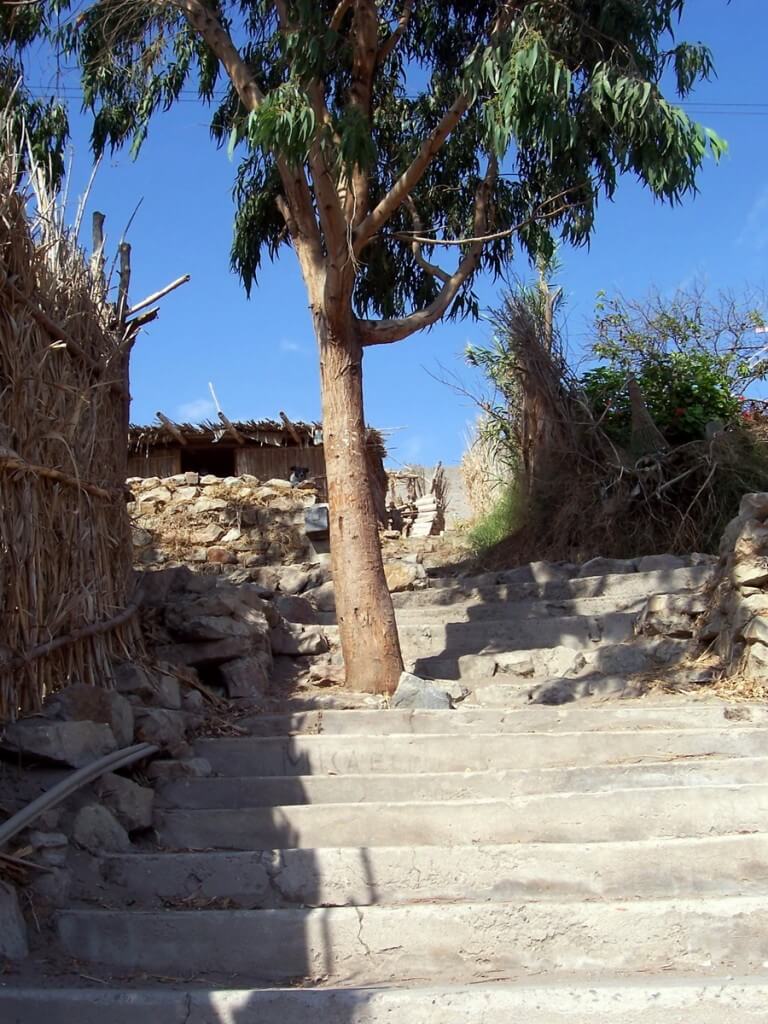
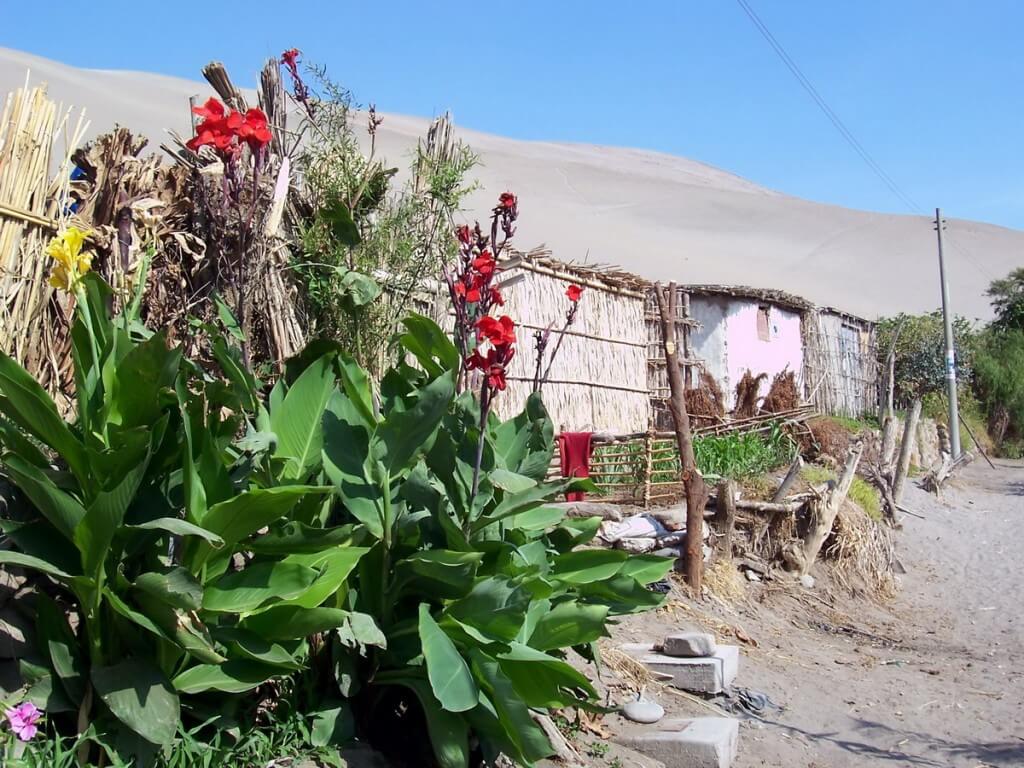
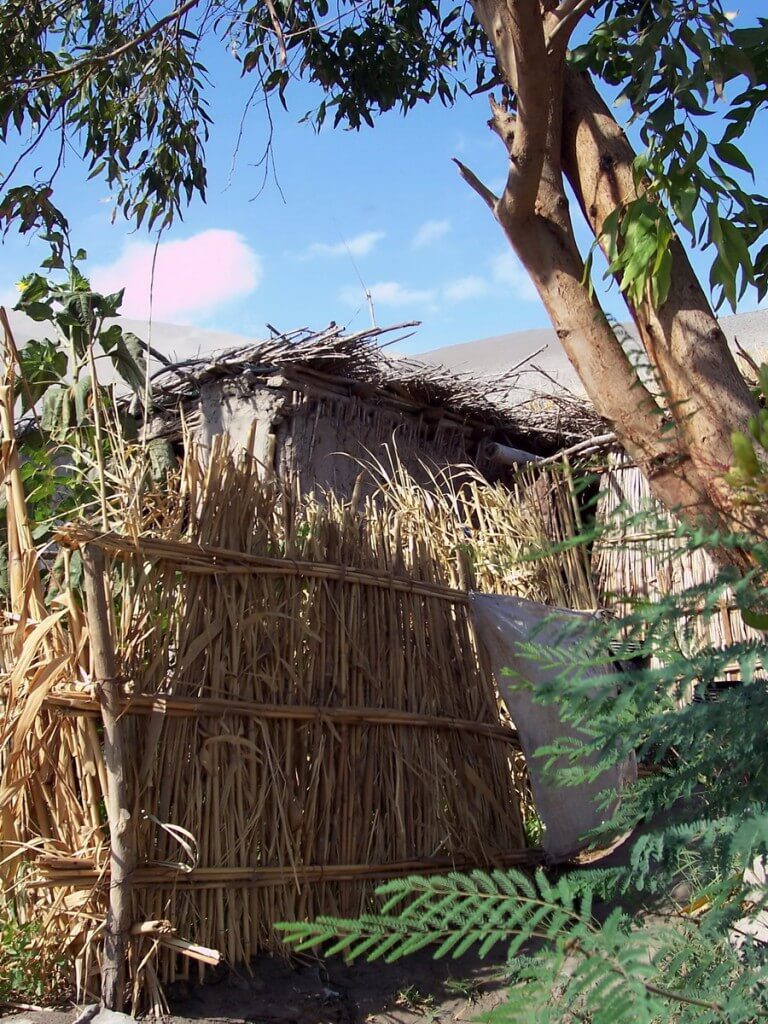
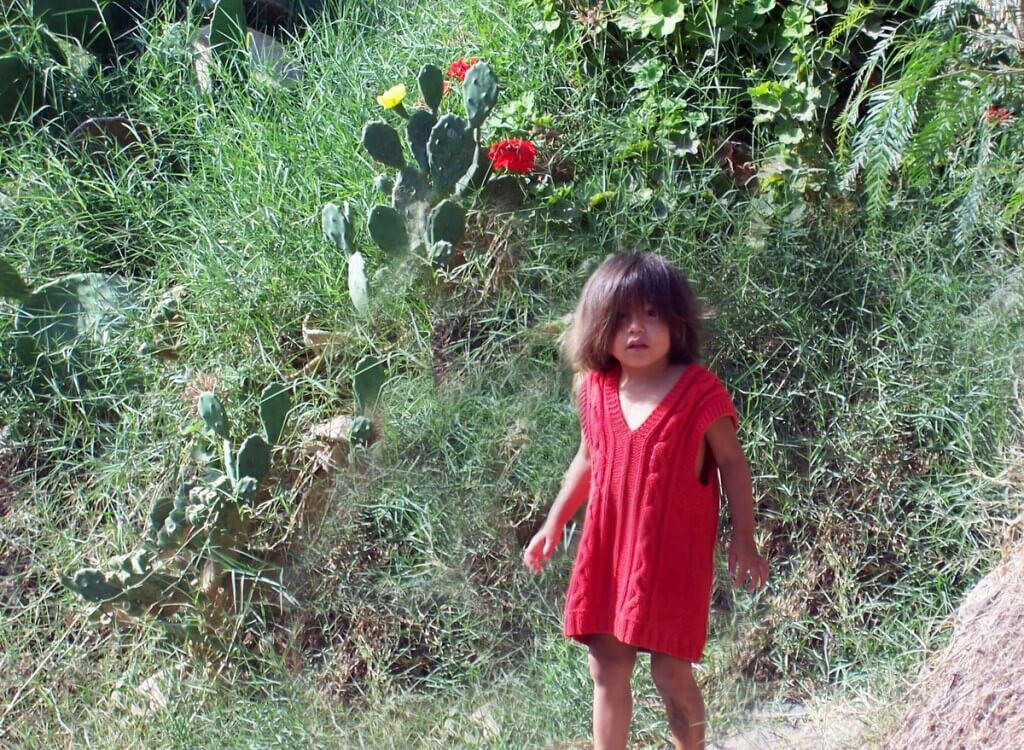
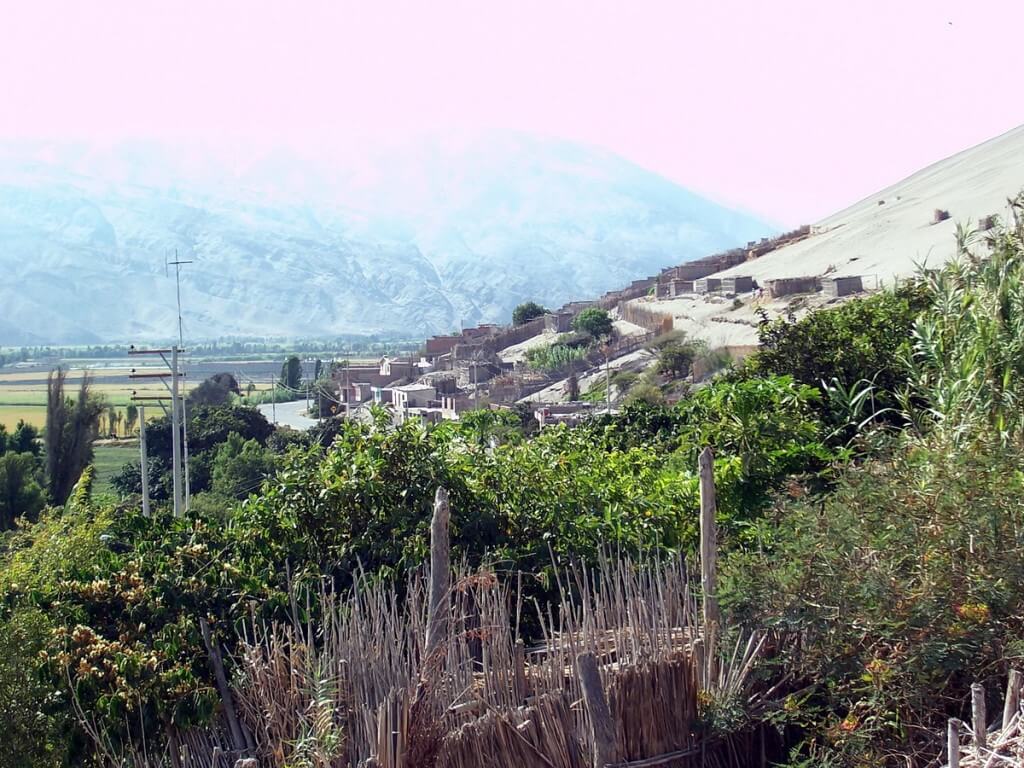
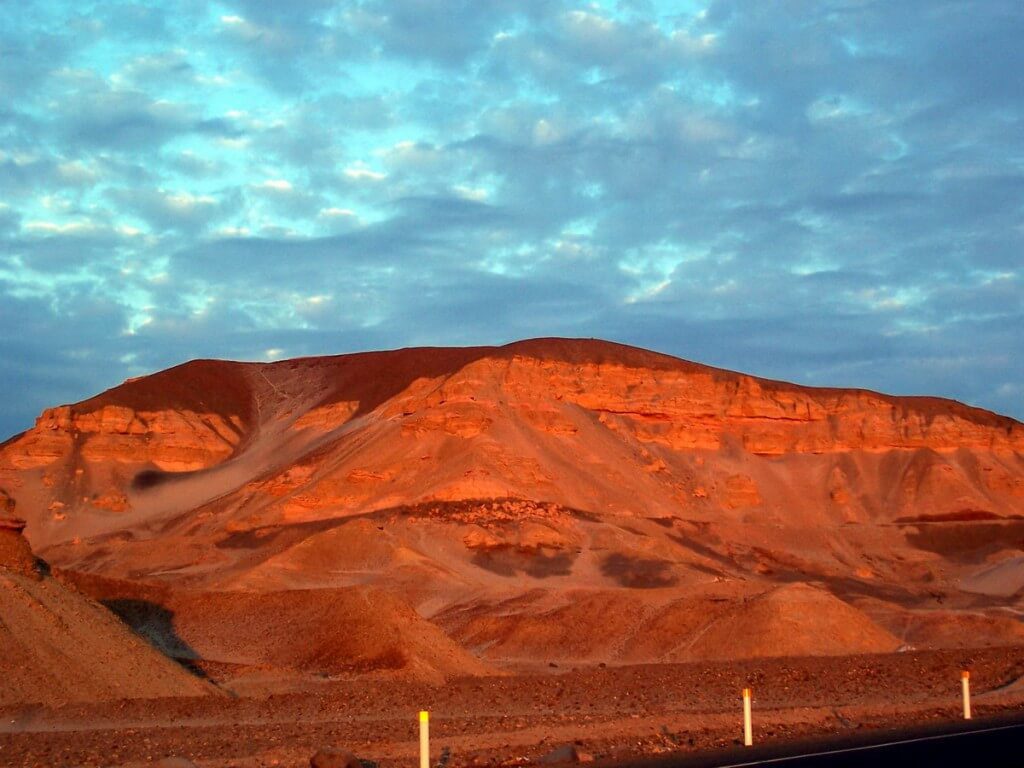

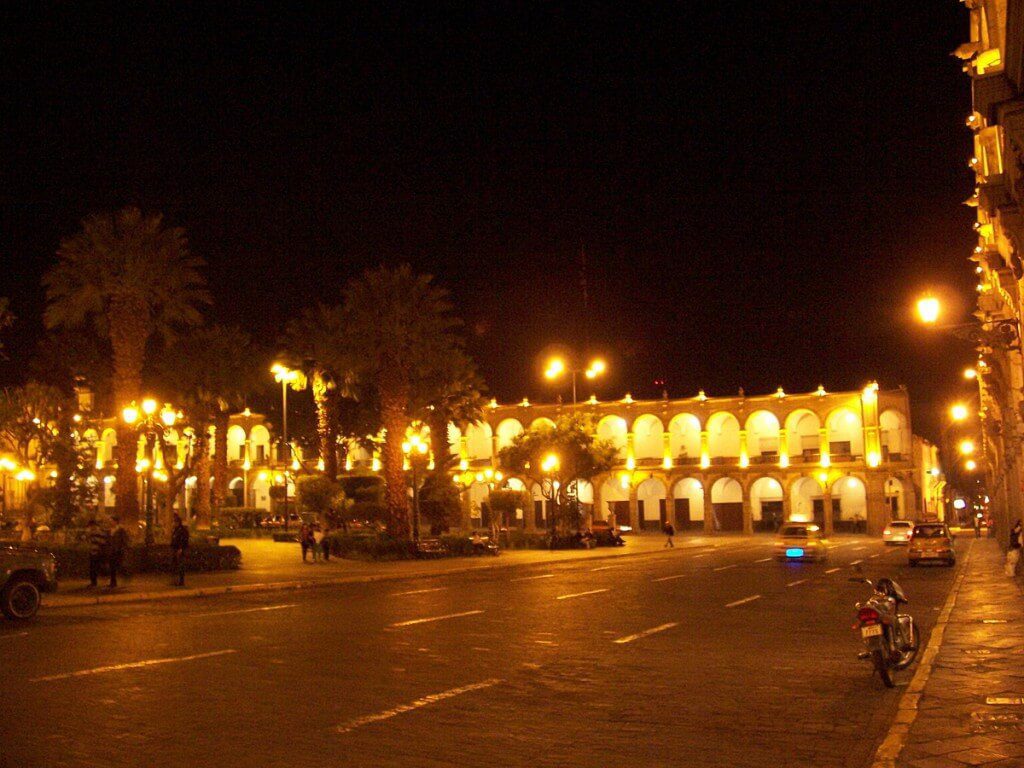
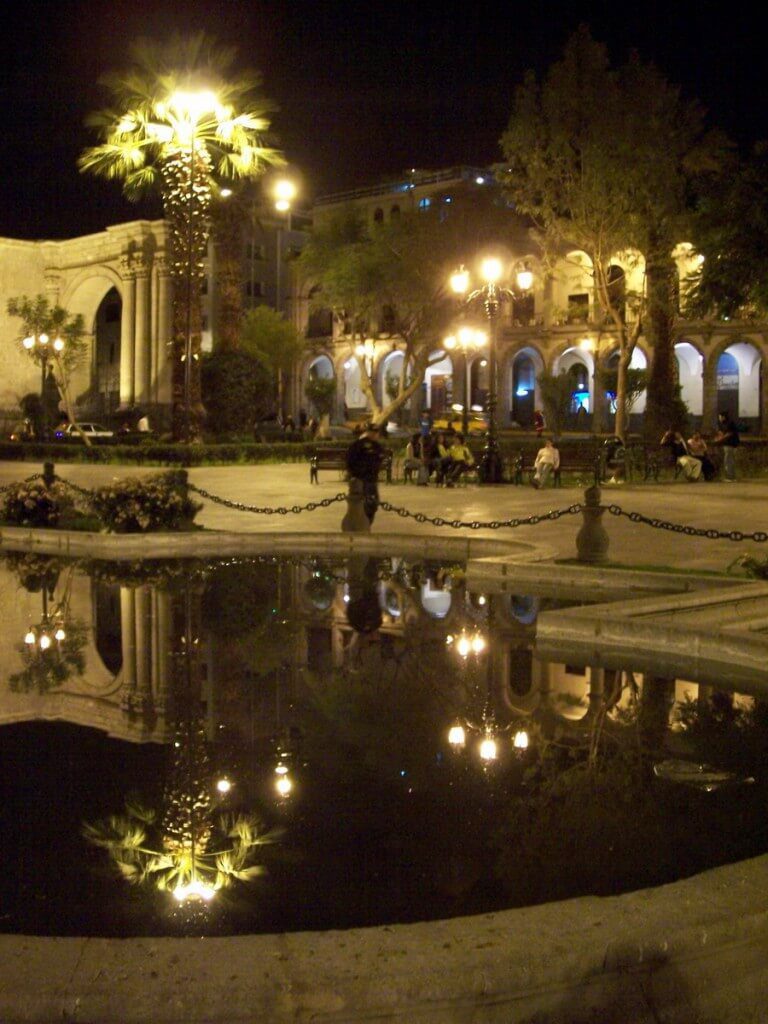
I was there in 1986. Are those tractor-trailer trucks crazy enormous, or is it my faulty memory? Great pix! Thanks for sharing.
Yes, Lin, the trucks using that route are massive. We were very intimidated by them especially when we met on one of those hairpin turns. Thanks for checking out our blog.
Since at the moment I’m not able to make such a drive I greatly enjoyed this!!! I felt like I was there. just beautiful!! =)
Thank you so much for your comments. I am glad that we were able to convey to you the grandeur and beauty of the landscape through which we drove. It really was remarkable.
Thank you guys for making my album so much more interesting. My husband and I took the 2 week Intrepid trip on May 5-20. Our bus left Nazca at 7:30, stopped at the Chauchilla Cemetary–lunch on the beach and hours on the road , behind the big trucks. We finally reached Arequipa at 6:30. A very long day. Your comments will help people looking at my book a bit more interesting–pictures from a bus are boring!! Kay and Dave from Vancouver, B.C.
Thanks for your comments. I am glad that you both were able to spend time in the fabulous country of Peru, and in particular, to experience that scenic drive from Nazca to Arequipa. It was amazing, wasn’t it? Bob and I enjoy the beauty of desert scenery and the thrill of driving on mountainous roads. It keeps you on your toes.
We are planning a similar trip from Cuenca to La Paz. Thank you for the great pics!